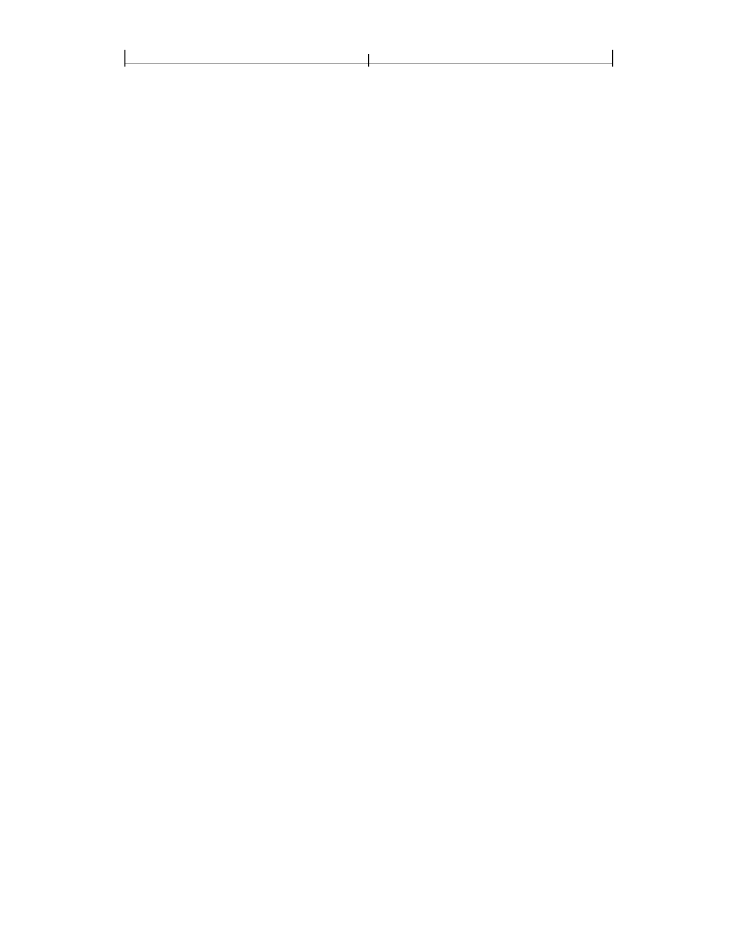
SECTION 7.5
549
Specifying Transparency in PDF
7.5.3 Specifying Shape and Opacity
As discussed under “Source Shape and Opacity” on page 526, the shape
(f)
and
opacity
(q)
values used in the compositing computation can come from a variety
of sources:
•
The intrinsic shape
(f
j
)
and opacity
(q
j
)
of the object being composited
•
A separate shape
(f
m
)
or opacity
(q
m
)
mask independent of the object itself
•
A scalar shape
(f
k
)
or opacity
(q
k
)
constant to be added at every point
The following sections describe how each of these shape and opacity sources are
specified in PDF.
Object Shape and Opacity
The shape value
f
j
of an object painted with PDF painting operators is defined as
follows:
•
For objects defined by a path or a glyph and painted in a uniform color with a
path-painting or text-showing operator (Sections 4.4.2, “Path-Painting Opera-
0.0 outside the path.
•
For images (Section 4.8, “Images”), the shape is nominally 1.0 inside the image
rectangle and 0.0 outside it. This can be further modified by an explicit or color
key mask (“Explicit Masking” on page 351 and “Color Key Masking” on page
•
For image masks (“Stencil Masking” on page 350), the shape is 1.0 for painted
areas and 0.0 for masked areas.
•
For objects painted with a tiling pattern (Section 4.6.2, “Tiling Patterns”) or a
shading pattern (Section 4.6.3, “Shading Patterns), the shape is further con-
strained by the objects that define the pattern (see Section 7.5.6, “Patterns and
•
For objects painted with the
sh
operator (“Shading Operator” on page 303), the
shape is 1.0 inside and 0.0 outside the bounds of the shading’s painting
geometry, disregarding the
Background
entry in the shading dictionary (see